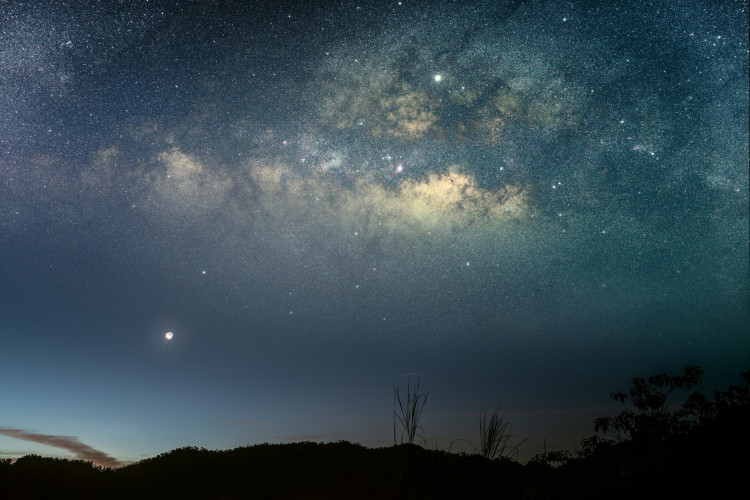Stargazing is one way to enjoy nature, relax and recharge your batteries in a metaphorical way. The night skies of September have neither a big meteor shower nor an eclipse or headline-grabbing moment. But as long as you have good weather, you will not have a bad time going stargazing. You'll have amazing views of the planets this month, with conjunctions and close encounters making for spectacular celestial object experiences.
Here are all the stargazing activities you should definitely be witnessing in September.
Sept. 7 - The Morning Star
Venus currently spends time as "the morning star." The brightest planet hits its highest point in the sky on the morning of Sept. 7 for its 2020 appearances.
The earth would touch the horizon at a peak altitude of 40 degrees, shining at a magnitude of -4.3, which is rather bright. It is going to be easy to spot before dawn in the early morning hours.
Sept. 14 - Venus and the Moon Get Close
You will get a chance to have a little more Venus in your life on the morning of Sept. 14. The moment of conjunction will occur before Venus rises, but in the early morning, the duo will have a near encounter.
The ascension time will vary depending on your location, but Venus will rise in New York City at around 3 am. And even in a place as bright as New York, you should be able to see the pair. Venus, behind the moon and sun, is the third brightest star in the sky.
Sept. 18 - Mercury at its highest point
Tonight, Mercury will rise up eight degrees above the horizon. It's not going to be that high for long, though. Because of its location between us and the sun, the little planet never rises very high in our sky. This will, however, be the highest point it hits during its evening appearances period from August through October.
The rise of the planet coincides with its binding to the moon. The moon is scheduled to hover above Mercury a little over six degrees. The low location of the planet in the sky would make it hard to see the inside of major cities, though.
Sept. 25 - Jupiter, Saturn, and the Moon Mini-Reunion
August was a perfect month to see the get together of Jupiter, Saturn and the Moon. On back-to-back nights there were conjunctions between one of the gas giants and the moon twice. This month again, the conjunction between Jupiter and the moon and the conjunction between Saturn and the moon occur on the same night.
There will be a moment of conjunction when the sun is still high. So, as soon as they rise the night of Sept. 25, you can see a closer approach. The eight-day-old moon would remain in the southern sky just below Saturn and Jupiter. They will be really close, but you won't be able to catch them all together in a telescope far enough away. To get a better view of the group, try to look through binoculars.


